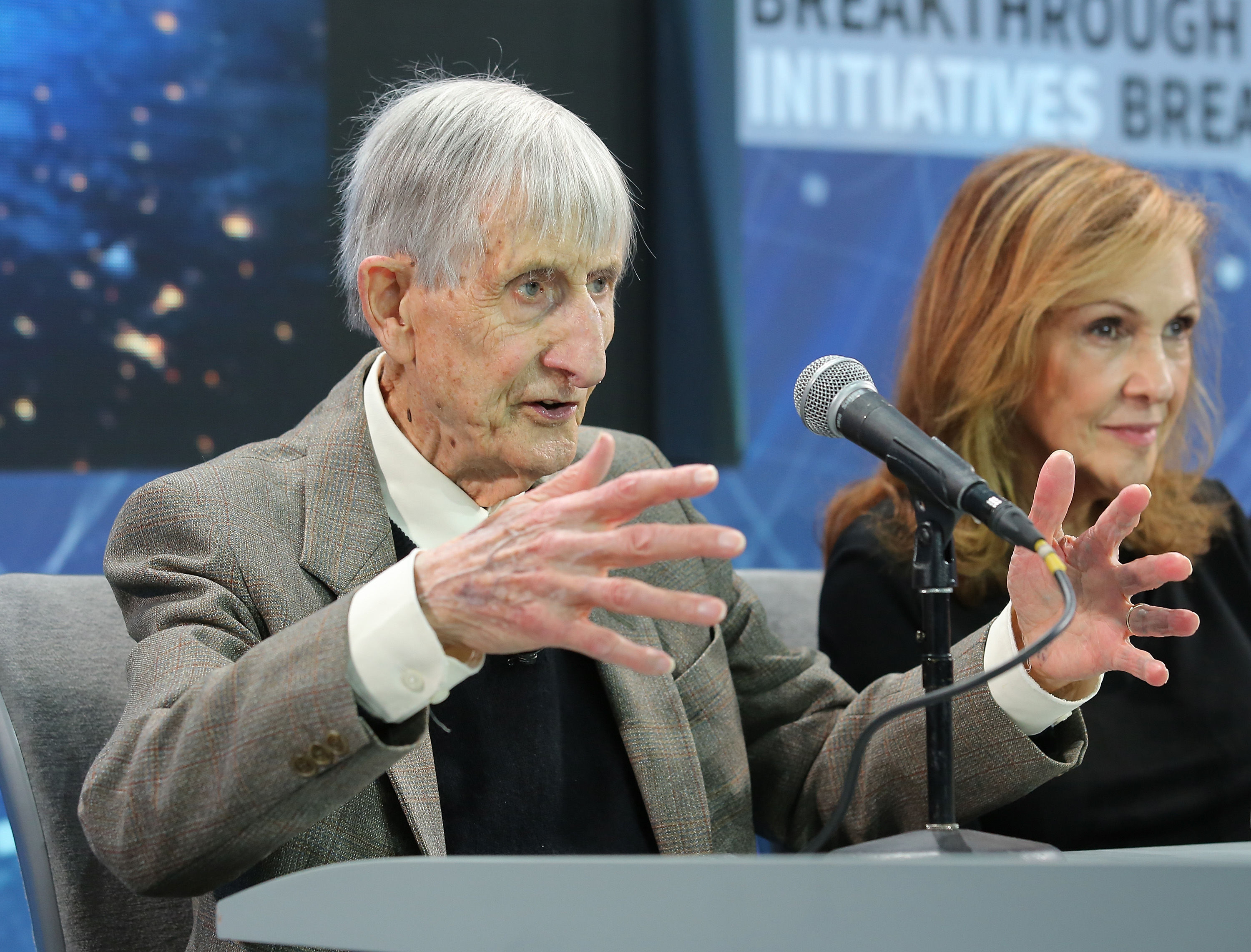Create a free profile to get unlimited access to exclusive videos, sweepstakes, and more!
Iconic physicist & sci-fi innovator Freeman Dyson has passed away

Freeman Dyson, a physicist whose ambitious imagination ended up lending science fiction some of its biggest ideas, has passed away, according to multiple media reports. He was 96 years old.
A colleague of the late, great physicist Richard Feynman, Dyson (a native Briton) won early respect within the American scientific community for working with Feynman to “reconcile two competing theories of quantum electrodynamics, the study of how sub-atomic particles and light interact,” according to NPR. The duo’s work is still regarded as foundational in modern physics.
Beyond his scientific achievement, though, it was Dyson’s penchant to think outside the confines of academia that helped his ideas catch fire with storytellers and art makers. He popularized a sci-fi trope that’s now widely known by his name — the Dyson sphere — a hypothetical, massive man-made structure that could surround a star and support an entire civilization using the star’s energy.
The Dyson sphere, the similar Dyson shell, or some variation of the concept continues to turn up in sci-fi books, movies, video games, and TV series, including the structure surrounding Nidavellir in Avengers: Infinity War; the artificial, inward-facing planet of Cocoon in Final Fantasy XIII, the Halo franchise, and Star Trek: The Next Generation — to name but a few. Dyson also conceived the Dyson tree — his idea for an enormous, genetically engineered, treelike plant that could sustain life in the hollow core of celestial bodies. Though more esoteric that the Dyson sphere, versions of the Dyson tree have turned up in the work of sci-fi writers like Dan Simmons, Stephen Baxter, and Donald Moffitt.
Dyson also harbored big dreams for space exploration, dreams that to this day appear futuristic alongside humanity’s space travel accomplishments (so far). In the late 1950s, he joined Project Orion, which aimed to harness the power of controlled nuclear blasts to drive a spacecraft across interstellar travel. His daughter, Mia Dyson, told NPR her father’s ability to embrace creative thought without academic barriers was key to understanding the way his mind worked.
"There was no field: art, science, history, music, that he didn't love," she said, adding that he held a mystical, open-ended view of the spiritual that, while rejecting organized religion, searched "to contain his understanding of God and the infinite.”














